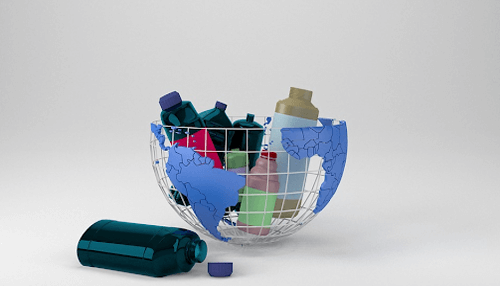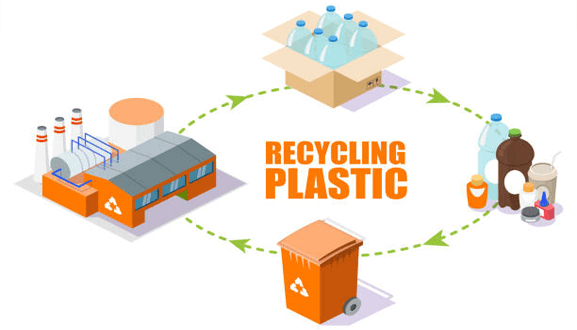With more than 8 billion tons of plastic on Earth, the world’s oceans are becoming landfills of trash. Some plastics last for up to 1,000 years before they break down. Plastics are now estimated to make up 75% of all ocean debris. It’s time to reduce the amount of plastic being produced and thrown away. Scientists have estimated that by 2050, there will be more plastic in the ocean than fish. More than 150 experts from around the world have come up with a plan to reduce our reliance on plastics. One of their main strategies is 3D printing.
By using 3D printers to create everyday items instead of buying them premade, we can significantly reduce the amount of plastic used. The Earth has a chance for survival!
What Is 3D Printing and How Does It Work?
The concept of 3D printing has been around for about 30 years, but the technology has only recently become cheap enough for consumers to purchase it.
3D printing involves placing materials in a specific sequence on a tray or platform and “printing” out the product. The pieces are very thin and light, and some are as thin as one or two microns. The material usually consists of plastic, resins, or a combination of both.
The technology is still in constant development but has made major progress for both enthusiasts and industrial manufacturing. It can be used to make toys, smartphone cases, fishing lures, cookware, electronics, jewelry, and much more. But 3D printing can be used for more than just making small plastic objects.
Manufacturers of plastic items that can be replaced with 3D printing will find it a viable technology for a lot of consumer items, and you can begin the process of selling any plastic processing machinery you’ve decided is more harmful than it’s worth, or you just need some extra capital to start investing into enterprise-scale 3D printing.
How Is 3D Printing Reducing Plastic Waste Globally?
3D printing is able to create products made of more natural materials. Instead of being made with toxic plastics like Polyethylene Terephthalate (PET), PVC, and more, items are made with non-toxic, biodegradable materials like polylactic acid (PLA), polymethyl methacrylate (PMMA), or ethylene vinyl acetate (EVA). Some items can be made using less than one percent plastic, while others can be made up to 98% plastic-free.
While technically you can’t put materials like PLA in the plastic recycling bin, you’re able to reuse the materials and even use them in composting since PLA is made from ingredients like cornstarch and cellulose.
What Items Can Be Made?
There are two types of 3D-printed objects: single-part printing and 3D-printed part production. 3D printing part production means that the printer is able to print a single part.
Single-part printing means that the printer is able to build one or several identical parts. These pieces can be as large as a shoe or as small as a plug or a rubber band. For example, a 3D-printed tennis racket can be made of a foam core, biodegradable plastic, and a layer of biocompatible latex rubber.
Currently, a few key printers are able to print both single and multiple-part objects. These printers are also designed to print on multiple materials, including rubber, ceramics, metals, glass, and concrete. These printers can also create hollow objects. For example, a 3D-printed toothbrush is created from a thermoplastic resin.’
How Does Recycling Plastics Reduce Plastic Waste Globally?
Eco-business is about the responsible use of natural resources and their preservation. It is also a business strategy that conserves natural resources, creates environmental and social value, and addresses major challenges. These trends have implications for our environment and the earth’s resources.
Sustainable practices in the manufacturing and use of plastics cannot be ignored, even for the world’s largest recyclers. Their vision is to shift to a circular economy, which can grow the industry while supporting economic growth and the environment.
Conclusion
Although plastics are often treated as disposable materials, this is far from the case. 3D printers are helping to create items that can last forever, making them safer and more efficient to use.
The proliferation of 3D printing technology has allowed us to solve many problems in areas that were previously considered “unfixable” and cost-prohibitive to correct.
By developing and recycling these resources, we are helping to reduce the amount of waste and pollution that gets thrown into our oceans and landfills.
Although we are only beginning to understand the full extent of what these innovations can do, we hope that you will begin to consider the opportunities they present for our planet. We believe the time is now to turn these advances into a reality.



